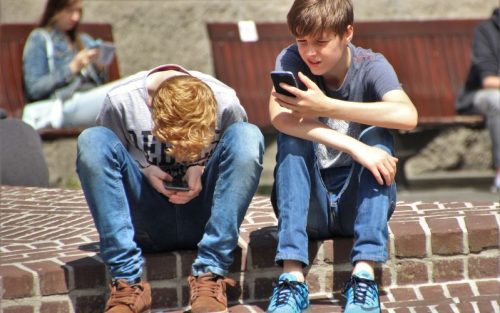
What is a bystander and what does it mean to be a passive or active bystander? In today’s society it is vital for people to step in when harmful and abusive behaviours are taking place. If this does not happen then it contributes to a culture where this behaviour gets normalised and seems to become “acceptable” which results in more people being harmed.
Therefore, it is important for individuals to take responsibility for each other and hold one another accountable for problematic and harmful behaviours. When other people are at risk of physical or emotional harm we, as a society, should step in and intervene in order to keep each other safe.
What is a Bystander?
The Oxford dictionary defines bystander as “a person who is present at an event or incident but does not take part.” Basically this means a bystander is an individual who witnesses an incident, for example a violent incident or an incident of harassment, but is not directly involved. One also becomes a bystander when a victim or perpetrator tells you about an incident.
Bystanders separate into two categories depending on their actions:
- Passive Bystanders
- Active Bystanders
What is a Passive Bystander?
The University of New Mexico defines passive bystanders as a bystander “who observes but does not intervene in any way.” Passive bystanders witness an incident but do not step in, speak up or do anything in response.
Examples of being a passive bystander:
- Witnessing a boy trying to pull up a girl skirt and not helping her
- Hearing a girl tell an asian boy that he doesn’t speak properly and not defending him
- Watching a group of boys bully another boy at lunch and not telling a teacher
- Someone has hidden another students lunch and you watch him look for it but do not help
- A friend makes sexual comments about girls in your class but you don’t tell him the comments are inappropriate
What is an Active Bystander?
UNSW Sydney defines an active bystander as “someone who not only witnesses a situation, but takes action to keep a situation from escalating or to disrupt a problematic situation.” Active bystanders witness incidents and challenge the violence, abusive or disrespectful behaviour either during the moment or afterwards. This can include the active bystander distracting the perpetrator, getting help from a third party or reporting the incident to the relevant authorities.
Example of being an Active Bystander:
- You tell a girl in your class that a boy has been trying to take photos up her skirt
- You report to a teacher that a group of students are bullying another student during lunch
- You invite a boy who has been excluded by other students to a game of football at lunch
- A group of girls have made up a nasty nickname for another girl, you ask them not to call her by that nickname anymore
- A student makes a joke a the expense of another student who does not find the joke funny, you ask him to explain why he finds the joke funny.
Ways to be an Active Bystander
Here are three tips to be an active bystander:
- Report: the incident to a teacher or the designated safeguarding lead
- Challenge: the behaviour directly, for example saying “this is not ok” – only if it feels safe to do so.
- Distract: whoever is behaving disrespectfully, you could ask about homework or the time.
Types of behaviour to challenge
Here are a few different examples of behaviour to challenge:
- Inappropriate sexual advances both physical and verbal.
- Racism or racial bias.
- Homophobic or transphobic comments.
- Physical or verbal bullying.
- Filming or taking photos of someone without their consent.
- Discrimination against someone due to a disability.
- Gaslighting.
Ways to encourage students to be Active Bystanders
Embedding these values and ideals during childhood and adolescence can help young people to grow to be the type of people who intervene in situations and keep their peers safe.
However, speaking up, challenging and reporting behaviours can be difficult, especially in a school environment. Students may be afraid they won’t be believed, that they lose friends or will be bullied as a result. These are valid fears and some that need to be addressed by school policies that help to eliminate these barriers.
Tips on teaching students to be Active Bystanders
Here are a few tips for teaching students how to be active bystanders and challenge inappropriate behaviour.
- Explain the difference between passive and active bystanders during a lesson or use our In the News Active Bystander Lessons in your class. For access to this lesson please email us.
- Explain types of unacceptable or inappropriate behaviours to your students
- Give examples to students on how to challenge these behaviours safely such as:
- Inappropriate jokes “I don’t think that was very funny” or “explain to me why you think that was funny.”
- Unwanted sexual comments “Why do you think that comment was appropriate?” or “you are making me and other people uncomfortable.”
- Offensive comments “That wasn’t a very nice thing to say” or “How would you feel if someone said that to you?”
- Create safe spaces so students feel they can speak out and report certain issues.
Resources
- Stop it now: Helpline for children who experience sexual abuse, 0808 1000 900
- Rape Crisis: Information on consent and help in case of sexual abuse
- Childline: Help with any issues regarding sexual assault and abusive relationships



